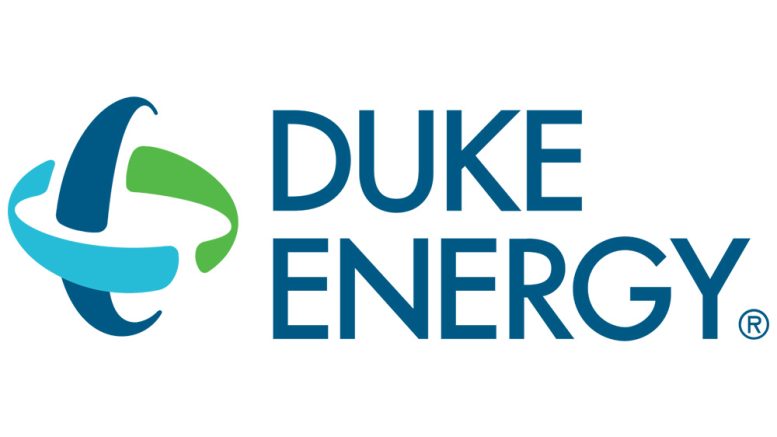Duke Energy is offering information on how customers can save energy and money through financial assistance, energy-saving programs, and conservation tips.
Ways to manage winter heating bills
Duke Energy offers free programs and tools to help customers better manage and understand their monthly energy expenses:
- Pick Your Due Date allows customers to adjust the date their bill is due.
- Interest-free Installment Payment Plans are available for customers who need flexibility with paying a bill.
- Usage Alerts notify customers how much energy they are using and how much it costs in time to make adjustments to their energy use before the end of a billing cycle.
- Weatherization Program helps income-qualified customers save energy and reduce expenses through conservation measures like weatherstripping and HVAC repairs or replacements.
For customers who qualify, Duke Energy’s partnerships with community and state agencies can help them access financial assistance, including:
- Duke Energy’s Share the Light Fund: Assists qualifying customers who need help paying their energy bill. The program is funded through voluntary contributions from Duke Energy shareholders, customers and employees.
- Low Income Energy Assistance Programs (LIHEAP): Provides a one-time payment to help eligible Indiana households pay their energy bills during winter months.
Energy-saving tips to combat the cold
The following low- to no-cost tips can help lower energy usage as well:
- Reduce your thermostat to the lowest comfortable setting. The smaller the difference between the temperature inside your home and outside, the lower your energy usage and the greater the savings.
- Change your air filter and schedule regular maintenance for your heating systems. Maintaining your heating systems can help increase efficiency.
- Set your water heater to 120 degrees to manage water heating, which is typically the second-biggest user of energy in your home.
- Caulk, seal, and weatherstrip air leaks in windows, doors, and vents to save 10 to 20 percent in heating and cooling costs.
- Replace standard bulbs with LEDs, which are more efficient than regular bulbs while giving off the same amount of light. Replacing just six of your most frequently used bulbs with LEDs can save up to $480 over the lifetime of the bulbs.
With the colder than normal temperatures, it is also a good time to check on friends, neighbors, and family members who are elderly to ensure they have what they need to stay warm.
For context on this winter’s chilly temperatures, in the Indianapolis area. the average temperature in January was 12.4 degrees colder than December, 5.3 degrees colder than a year ago and 5 degrees colder than a typical January.
If customers need help reading their electric bills, Duke Energy offers an interactive tool to explain each component, such as a graph and comparison chart that provide a clear, uncluttered snapshot of their energy usage.
More information can be found at duke-energy.com/HereToHelp and duke-energy.com/WinterEnergySavings.

